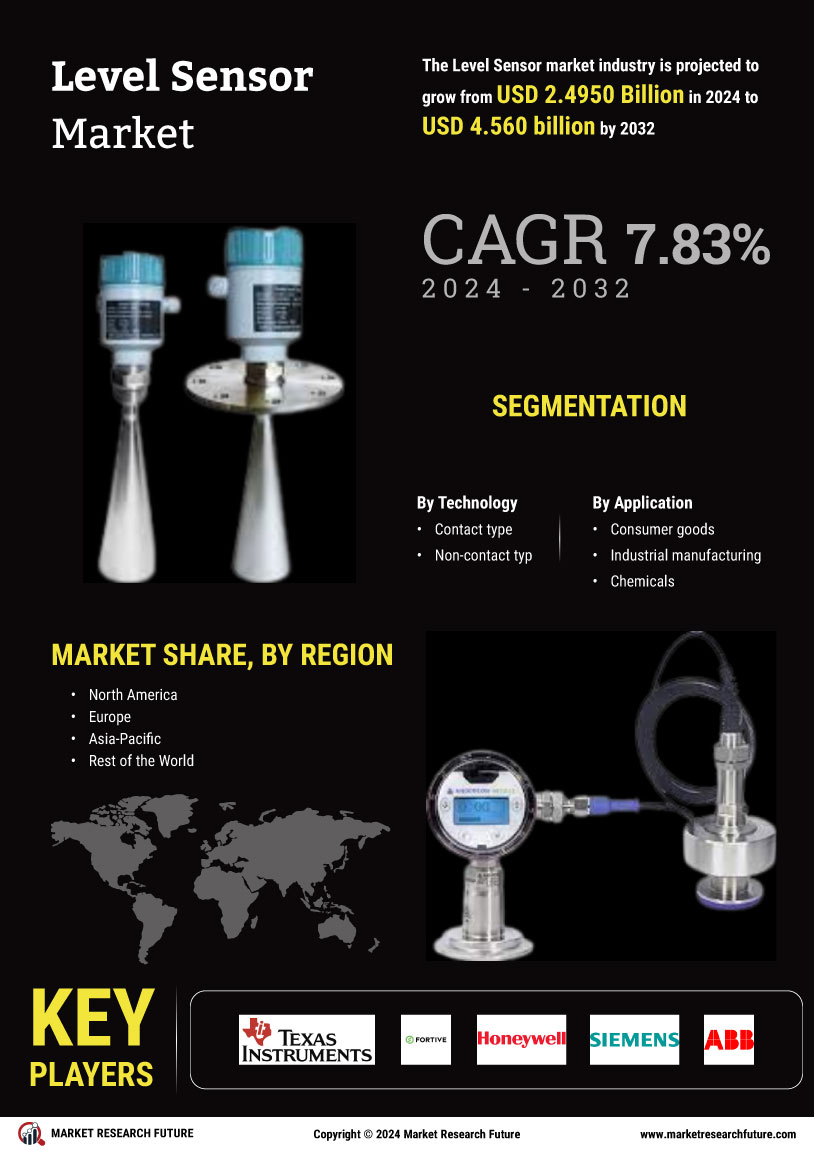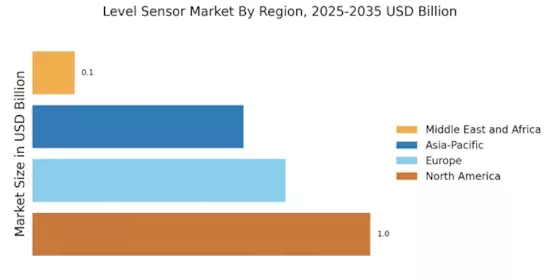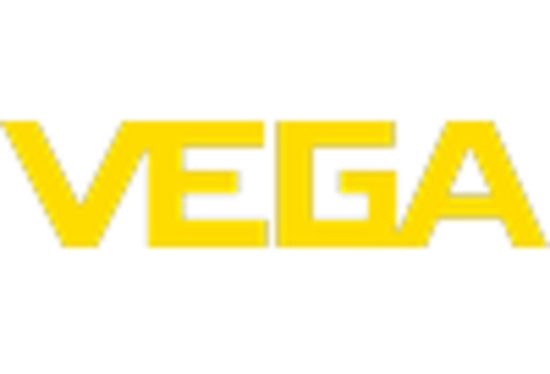Rising Demand for Automation
The increasing demand for automation across various industries appears to be a primary driver for the Level Sensor Market. As industries strive for enhanced efficiency and reduced operational costs, the integration of automated systems becomes essential. Level sensors play a crucial role in these systems by providing accurate measurements and facilitating real-time monitoring. According to recent data, the automation sector is projected to grow at a compound annual growth rate of approximately 9% over the next few years. This growth is likely to propel the demand for level sensors, as they are integral to automated processes in sectors such as manufacturing, oil and gas, and water treatment. Consequently, the Level Sensor Market is expected to witness substantial growth as companies increasingly adopt automation technologies.
Growth in the Oil and Gas Sector
The oil and gas sector is experiencing a resurgence, which is likely to drive the Level Sensor Market. As exploration and production activities ramp up, the need for precise level measurement in storage tanks, pipelines, and processing facilities becomes critical. Level sensors are essential for monitoring fluid levels, ensuring safety, and optimizing operations in this sector. Recent reports indicate that the oil and gas industry is projected to grow at a rate of approximately 5% annually, which could lead to increased investments in level sensing technologies. Consequently, the Level Sensor Market is poised to benefit from this growth, as companies seek reliable solutions to enhance operational efficiency and safety.
Increasing Environmental Regulations
The rise in environmental regulations is emerging as a significant driver for the Level Sensor Market. Governments worldwide are implementing stricter regulations to monitor and manage water and waste levels, particularly in industries such as wastewater treatment and chemical processing. These regulations necessitate the use of reliable level sensors to ensure compliance and prevent environmental hazards. As a result, the demand for level sensors that can provide accurate and real-time data is expected to increase. The Level Sensor Market may see a surge in growth as companies invest in advanced sensor technologies to meet regulatory requirements and enhance their sustainability practices.
Technological Advancements in Sensor Technology
Technological advancements in sensor technology are significantly influencing the Level Sensor Market. Innovations such as wireless communication, IoT integration, and enhanced accuracy are transforming how level sensors operate. For instance, the introduction of smart level sensors equipped with IoT capabilities allows for remote monitoring and data analysis, which can lead to improved decision-making processes. The market for smart sensors is anticipated to expand rapidly, with estimates suggesting a growth rate of around 12% annually. This trend indicates that the Level Sensor Market is likely to benefit from these advancements, as industries seek to leverage cutting-edge technologies to optimize their operations and improve safety measures.
Expansion of the Water and Wastewater Management Sector
The expansion of the water and wastewater management sector is a crucial driver for the Level Sensor Market. With increasing urbanization and population growth, the demand for efficient water management systems is on the rise. Level sensors are vital for monitoring water levels in treatment plants, reservoirs, and distribution systems, ensuring optimal operation and compliance with safety standards. The water and wastewater management market is expected to grow significantly, with estimates suggesting a compound annual growth rate of around 7% over the next few years. This growth indicates that the Level Sensor Market will likely experience heightened demand as municipalities and private companies invest in advanced level sensing technologies to improve their water management capabilities.

















Leave a Comment